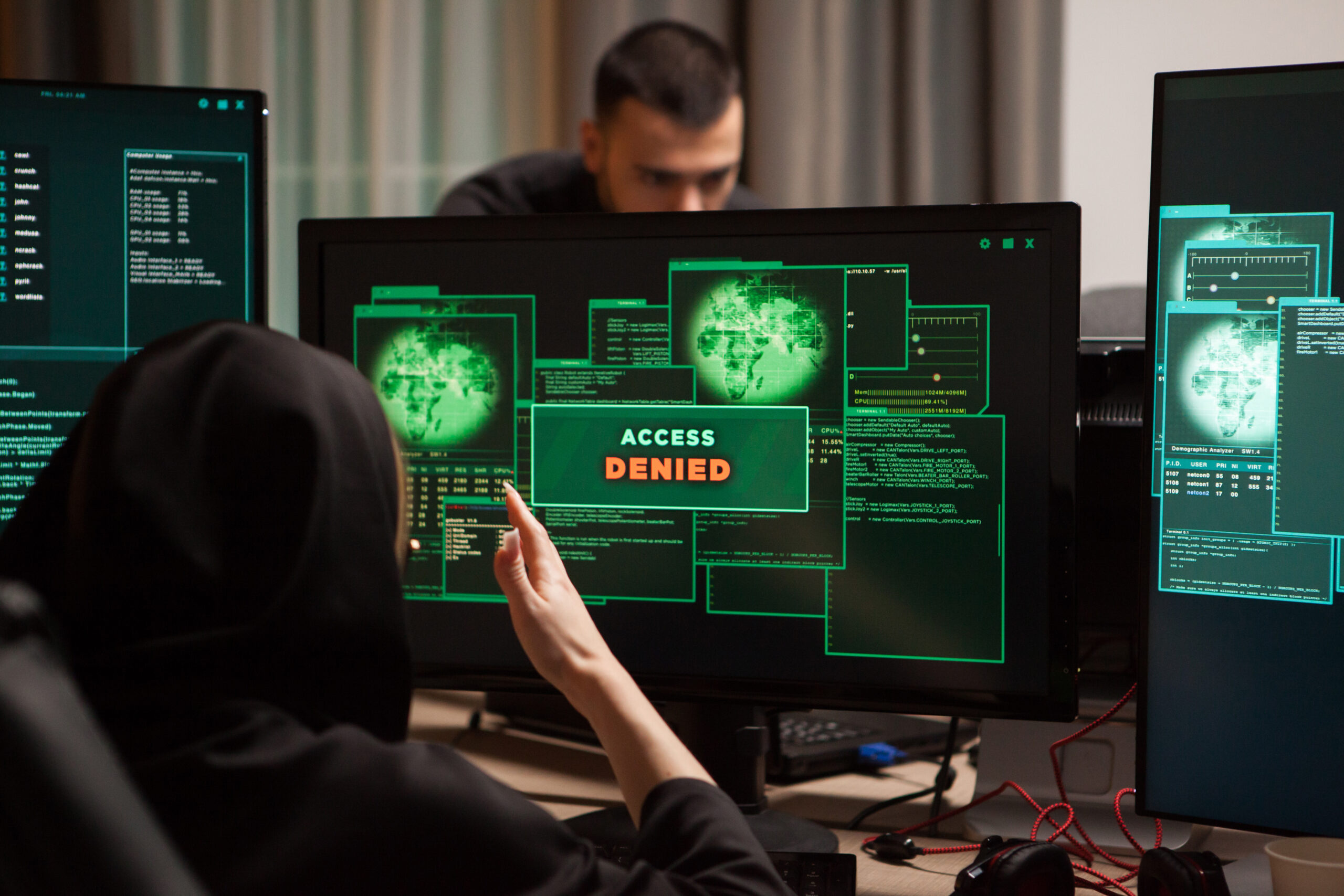November 30, 2023By rocheston
Azure Active Directory (Azure AD) Identity Protection is a feature that helps you manage potential vulnerabilities in your organization’s identities and provides a consolidated view of suspicious activities that need to be investigated. Setting up Identity Protection involves several steps focused on configuring policy settings, reviewing risk detections, and investigating risks. Below is a detailed
November 28, 2023By rocheston
Implementing AWS Shield for DDoS protection involves several steps to ensure your AWS resources are protected against Distributed Denial of Service (DDoS) attacks. AWS Shield is a managed service that provides automatic inline mitigation capabilities to minimize application downtime and latency. Understanding AWS Shield Tiers Before implementation, understand the two tiers of AWS Shield: AWS
November 28, 2023By rocheston
Azure Sentinel is Microsoft’s cloud-native Security Information and Event Management (SIEM) and Security Orchestration Automated Response (SOAR) solution. It provides intelligent security analytics and threat intelligence across your enterprise, offering a single solution for alert detection, threat visibility, proactive hunting, and threat response. Below is a detailed guide on configuring Azure Sentinel for advanced threat
November 28, 2023By rocheston
After completing a penetration test, it’s essential to document and report the findings in a clear, concise, and actionable manner. A well-prepared report can help an organization understand the vulnerabilities in their systems and the potential impact of these weaknesses. Here’s a detailed guide on achieving this: Initial Preparation Before you begin writing the report,
November 28, 2023By rocheston
Penetration testing (Pen Test) is a crucial component for ensuring the security and resilience of Industrial Control Systems (ICS) that operate within critical infrastructures such as power plants, water treatment facilities, and manufacturing plants. Given the potentially severe consequences of a breach, security testing in these environments must be conducted with a great deal of
November 28, 2023By rocheston
Performing threat modeling in the context of penetration testing is a strategic approach to identifying and understanding potential security threats. It involves a systematic analysis of an application or system to highlight security vulnerabilities that might be exploited by adversaries. Below is a detailed guide on how to carry out threat modeling within the scope
November 28, 2023By rocheston
Distributed Denial of Service (DDoS) attacks can be devastating to any online operation. They are designed to overwhelm your systems with traffic to the point where they can no longer respond to legitimate requests. Protecting against these attacks involves a multi-faceted approach that includes both preventative measures and reactive techniques. Prevention Strategies Preventing DDoS attacks
November 28, 2023By rocheston
Introduction Secure code review is an essential component of penetration testing (pen testing) that involves auditing the source code to identify security flaws that could lead to vulnerabilities in a software application. The process aims to ensure that the application’s code is robust against attacks and complies with security best practices. Below is a detailed
November 28, 2023By rocheston
PowerShell is a versatile tool that can be used in the penetration testing of Windows environments to carry out a wide range of tasks, from information gathering to exploitation and post-exploitation activities. Below are detailed steps on how to leverage PowerShell for penetration testing: Setting Up the Environment Enable PowerShell Script Execution: By default, Windows
November 28, 2023By rocheston
Before diving into how to utilize Open Source Intelligence (OSINT) tools for reconnaissance in penetration testing, it’s important to understand what OSINT is. OSINT refers to any information that can be legally gathered from free, public sources about an individual or an organization. These tools are crucial for the reconnaissance phase of penetration testing as











